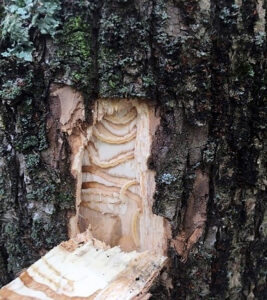By Art Kabelowsky, DNR Forest Health Outreach and Communications, Fitchburg
Arthur.Kabelowsky@wisconsin.gov or 608-335-0167
The Wisconsin Department of Natural Resources (DNR) Forest Health team joined with the DNR Office of Communications to produce an instructional video aimed at helping large landowners and land managers in the fight against spongy moth.
The video, less than 2 minutes in length, shows how to conduct a survey of spongy moth egg masses in the fall. With that information, people can predict how much damage to expect from the caterpillars in the spring, giving them time to make advance plans for the most effective control options.
Continue reading “Spongy Moth Egg Mass Surveying Video Released”

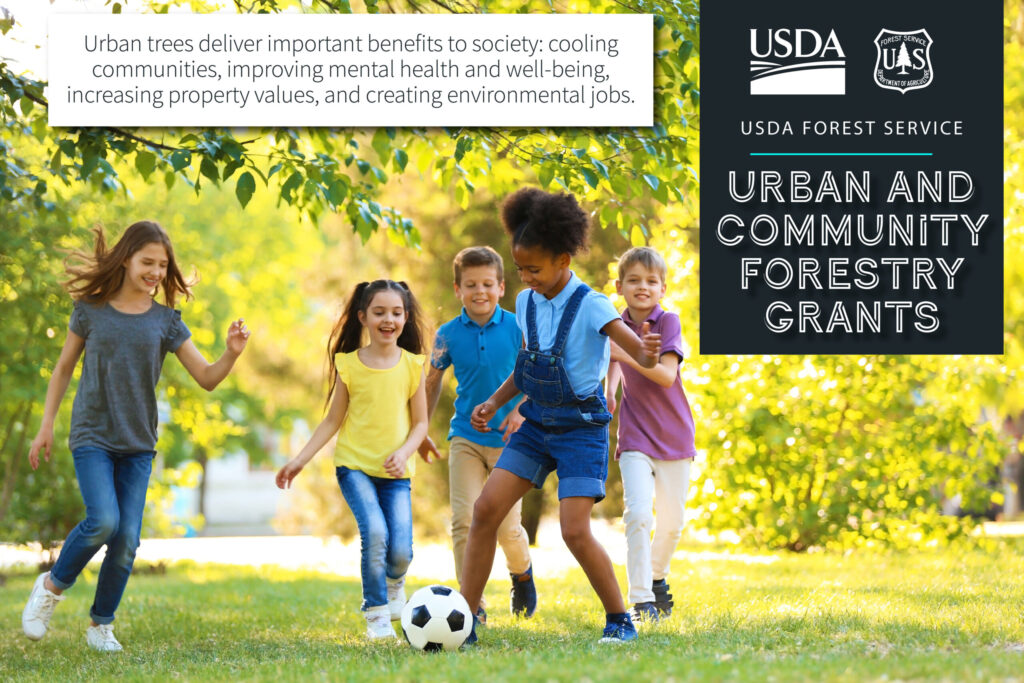 The Urban Forestry Inflation Reduction Act grant program uses
The Urban Forestry Inflation Reduction Act grant program uses 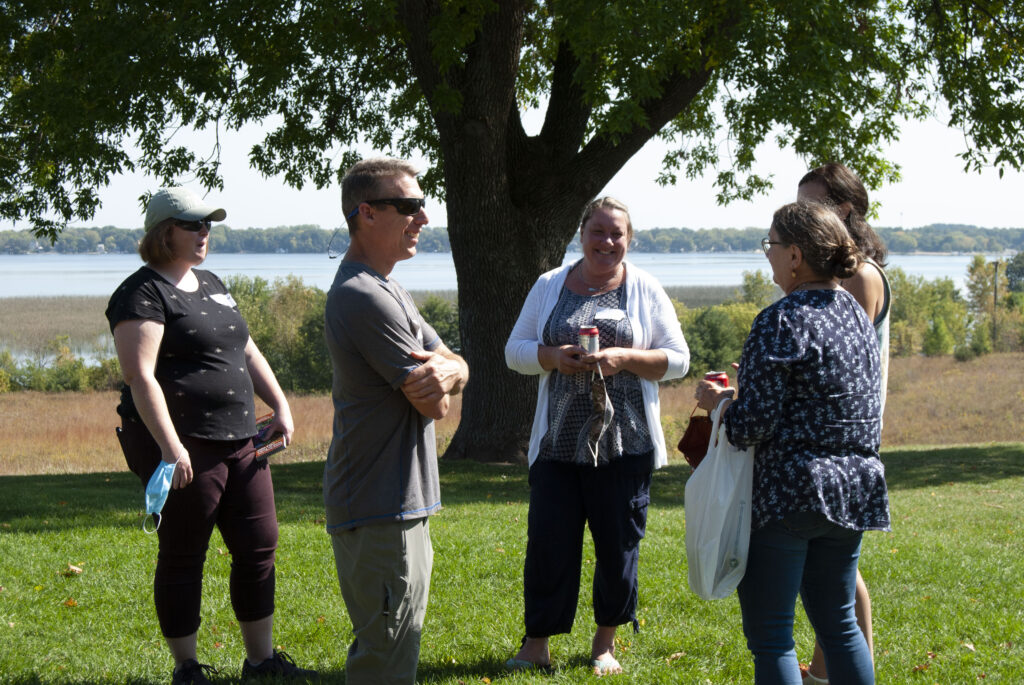 Partner with community groups such as 4-H, Scouts, rotary clubs and neighborhood associations to plant and care for trees.
Partner with community groups such as 4-H, Scouts, rotary clubs and neighborhood associations to plant and care for trees.
 As Wisconsin braces for another potentially busy season of spongy moth caterpillars, three state agencies have teamed up to make it easier for tree owners and others to access the latest information and advice on the invasive, leaf-chomping pests.
As Wisconsin braces for another potentially busy season of spongy moth caterpillars, three state agencies have teamed up to make it easier for tree owners and others to access the latest information and advice on the invasive, leaf-chomping pests.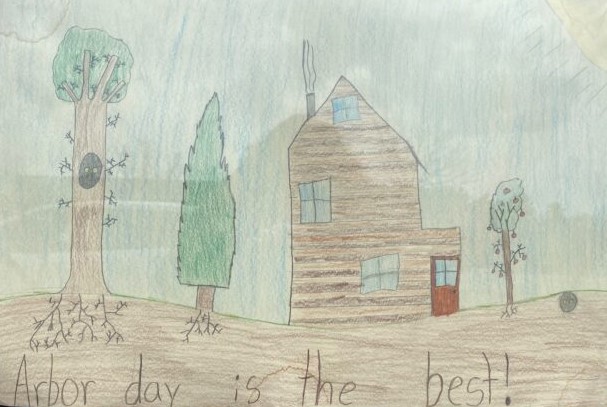 The first Arbor Day celebration was held in Nebraska in 1872. More than 150 years later, Arbor Day is celebrated in all 50 states and in many countries around the world. This year, Arbor Day will be observed in Wisconsin on Friday, April 26. Below are ways you can celebrate, educate and care for trees in your community.
The first Arbor Day celebration was held in Nebraska in 1872. More than 150 years later, Arbor Day is celebrated in all 50 states and in many countries around the world. This year, Arbor Day will be observed in Wisconsin on Friday, April 26. Below are ways you can celebrate, educate and care for trees in your community.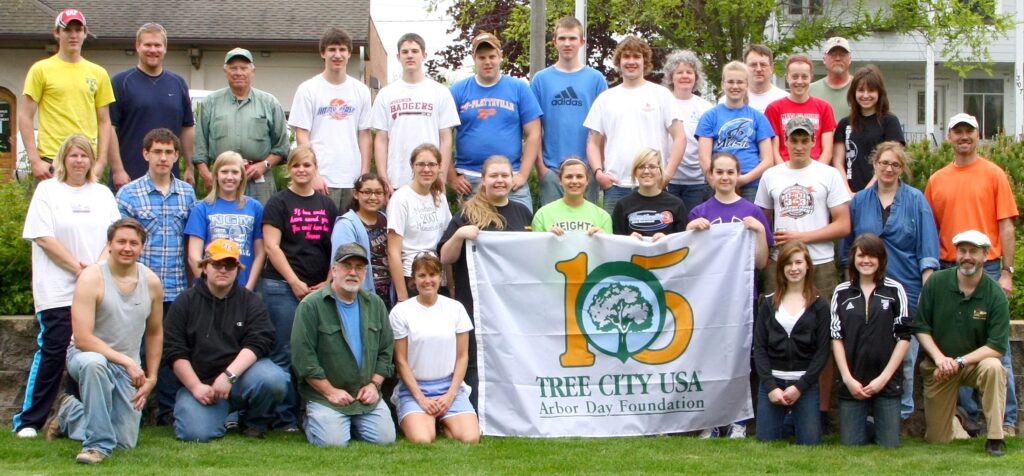
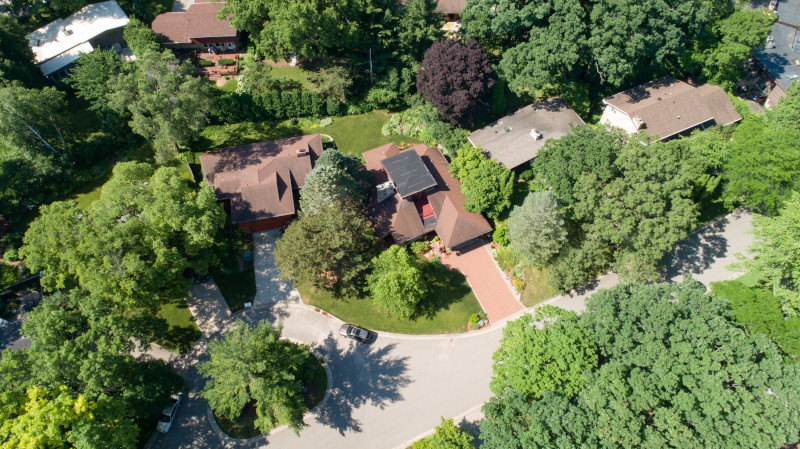 The University of Massachusetts Amherst is bringing back its Urban Forestry Today’s Summer Tree Summit, kicking it off with a discussion of how to define environmental justice in the context of urban tree canopy cover and urban forest management. Join Dexter Locke from the USDA Forest Service as he explains these important terms and concepts and their practical ramifications for urban foresters and residents.
The University of Massachusetts Amherst is bringing back its Urban Forestry Today’s Summer Tree Summit, kicking it off with a discussion of how to define environmental justice in the context of urban tree canopy cover and urban forest management. Join Dexter Locke from the USDA Forest Service as he explains these important terms and concepts and their practical ramifications for urban foresters and residents.